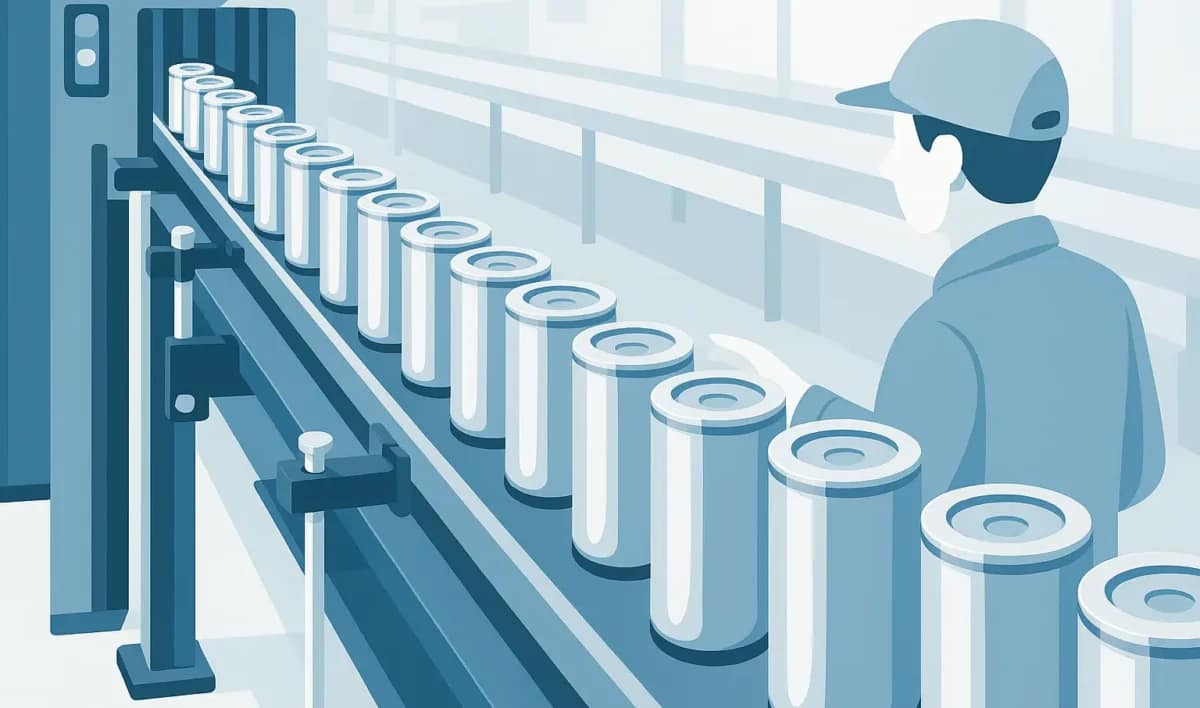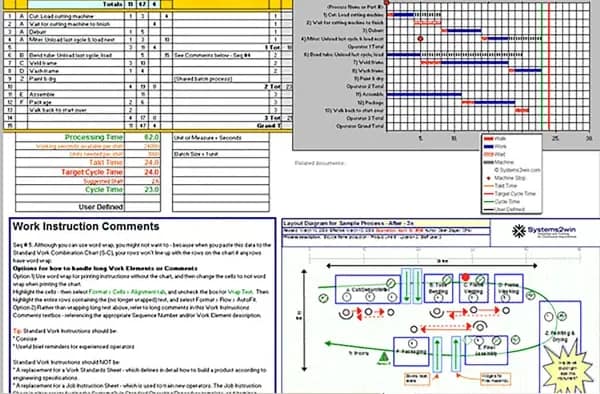
Capacity Verification and Run at Rate
A Practical Guide for Automotive Suppliers (AIAG + VDA Aligned)
🚗 What is Capacity Verification and Run at Rate?
Capacity Verification is the structured confirmation that a manufacturing process has sufficient resources — machines, tooling, labor, logistics, and supplier inputs — to meet agreed production volumes under normal working conditions.
Run at Rate (R@R) is the live demonstration of the line’s ability to meet required production volumes at the defined cycle time and quality level.
Together, they ensure that product launches are not only technically validated but also production feasible.
🌍 Integrated Requirements (AIAG + VDA Perspective)
Both AIAG (APQP & PPAP) and VDA (Maturity Level Assurance, VDA 6.3, and PPF) emphasize:
- Validation under realistic production conditions
- Demonstration of daily/hourly capacity at customer takt time
- 100% inspection or control plan-based sampling during R@R
- Documentation as part of PPAP or PPF submission
- Corrective action plans if capacity gaps are found
🧭 Step-by-Step Execution Plan
1️⃣ Planning Phase
- Define required capacity (daily volume, takt time, shift model)
- Align resources: trained operators, machines, tooling, logistics
- Develop a Capacity Verification Plan within the APQP timeline
- Prepare templates: capacity sheets, R@R checklists, inspection records
2️⃣ Pre-Verification Checks
- Confirm all equipment/tooling are production intent
- Validate MSA is completed and capable
- Ensure Control Plan, PFMEA, and Work Instructions are updated
- Conduct a dry run to identify bottlenecks
3️⃣ Run at Rate Execution
- Perform a continuous production run (e.g., full shift or target volume)
- Record: output/hour, scrap, downtime, cycle time, staffing
- Use production operators under standard conditions
- Inspect 100% of output or per control plan sampling
4️⃣ Evaluation and Documentation
- Compare actual vs. required capacity
- Document results in a Capacity Verification Report
- Identify gaps (e.g., slow cycle time, high scrap)
- Create an action plan with owners and deadlines
5️⃣ Customer Communication
- Share documented R@R results with the customer
- Implement corrective actions
- Repeat R@R if required
📊 Evaluation Criteria
| Metric | Evaluation Focus |
|---|---|
| Cycle Time vs. Takt Time | Can the line meet customer takt? |
| Throughput | Units/hour or per shift |
| Scrap & Rework | Process stability and efficiency |
| Equipment Uptime / OEE | Resource reliability |
| Operator Performance | Long-term sustainability |
| Logistics Flow | Material supply, packaging, shipping readiness |
✅ A process is only considered capable when:
Demonstrated Capacity ≥ Required Capacity, with quality and delivery fully met.
🏁 Best Practices for Successful Verification
- Integrate early in APQP: Start capacity planning during design
- Use realistic conditions: No shortcuts — real operators, real materials
- Measure, don’t assume: Collect actual data on output, scrap, downtime
- Cross-functional involvement: Include engineering, quality, production, logistics
- Continuous monitoring: Reassess after major changes (e.g., tooling, shifts)
📌 Conclusion
Capacity Verification and Run at Rate are not optional checkboxes — they are critical quality gates that ensure your process can deliver:
- ✅ Consistent, defect-free products
- ✅ At required volumes
- ✅ On time and within customer expectations
By aligning with AIAG and VDA standards, suppliers demonstrate robust readiness for global OEMs. The key is:
- Early planning
- Realistic execution
- Thorough documentation
- Continuous improvement
📌 Supplier Tip: Treat Run at Rate like a dress rehearsal for production — if it doesn’t work here, it won’t work in real life.


